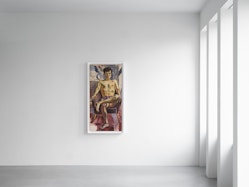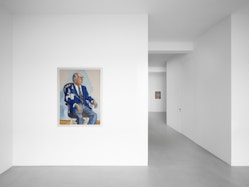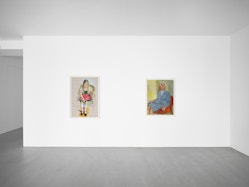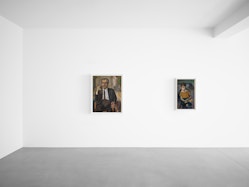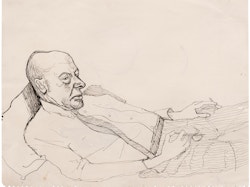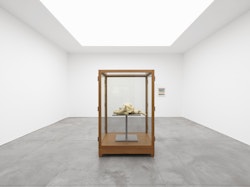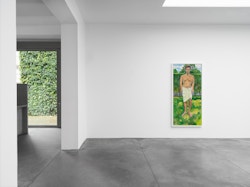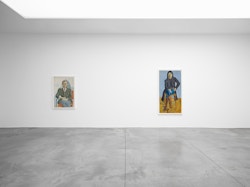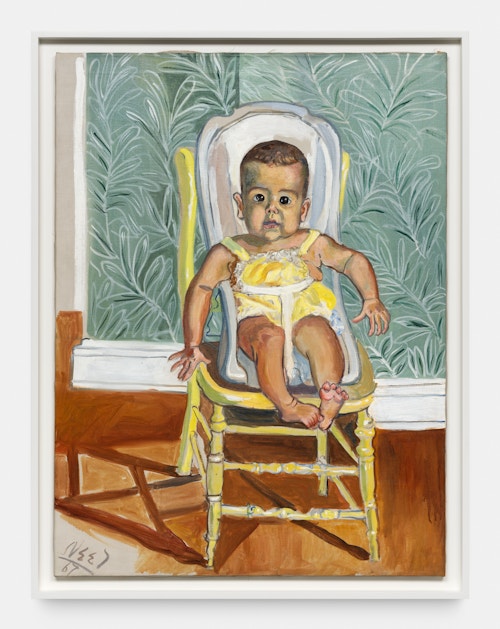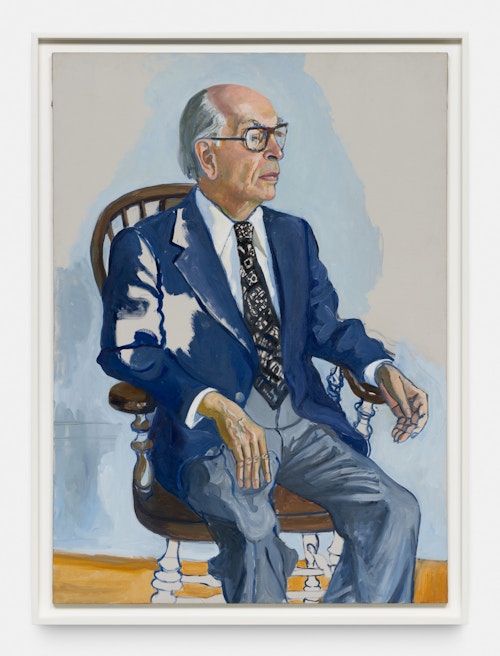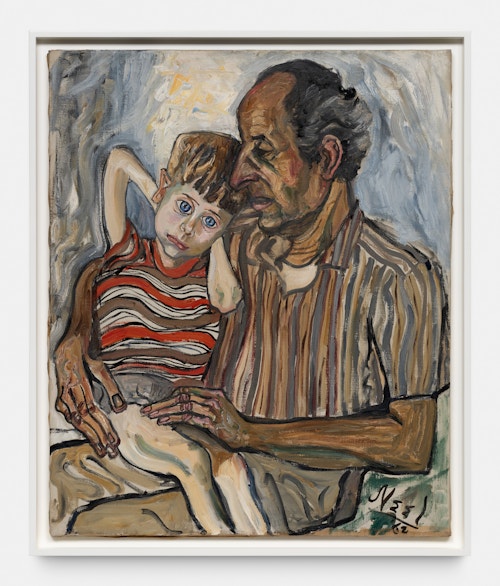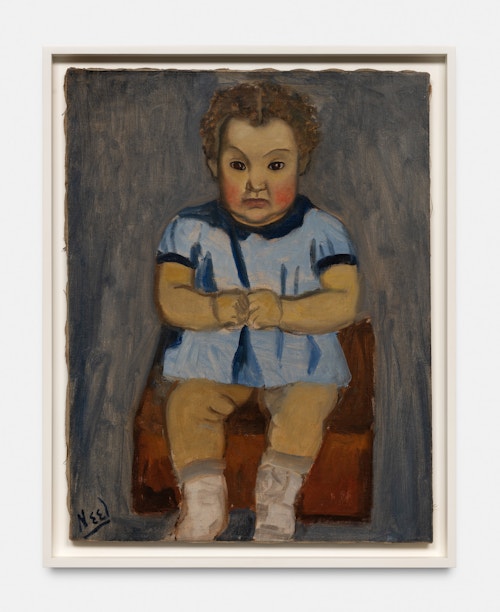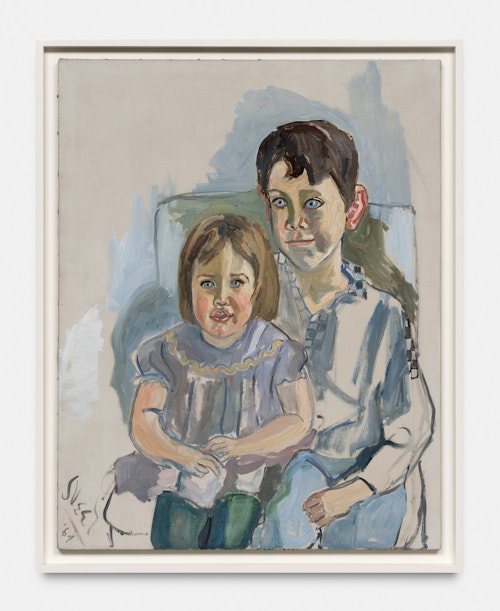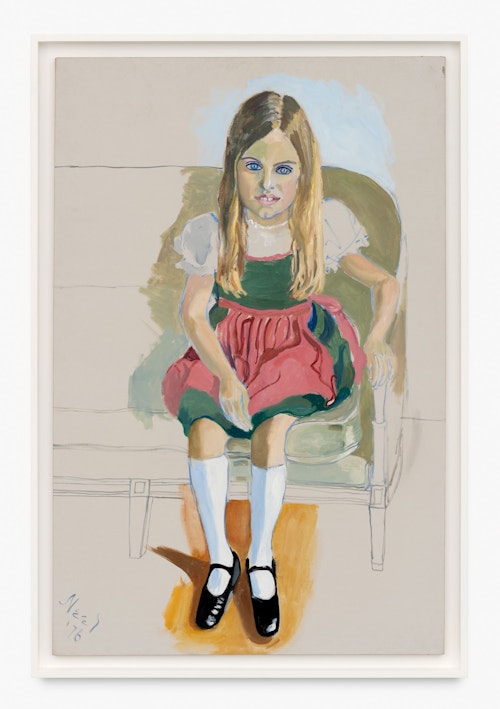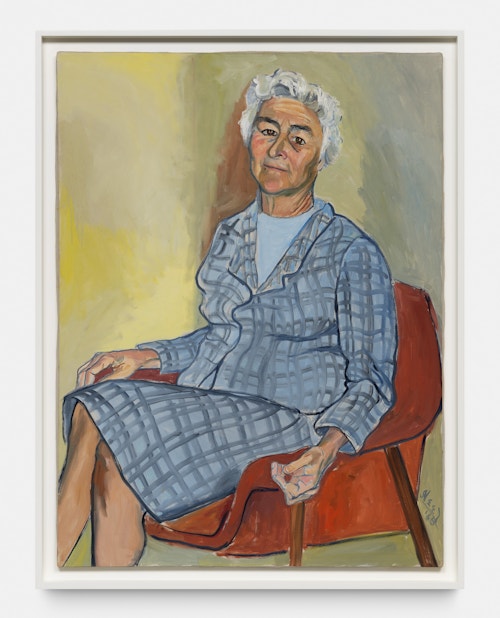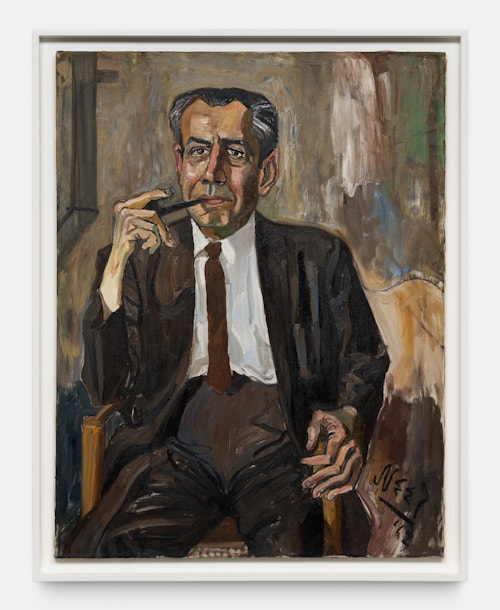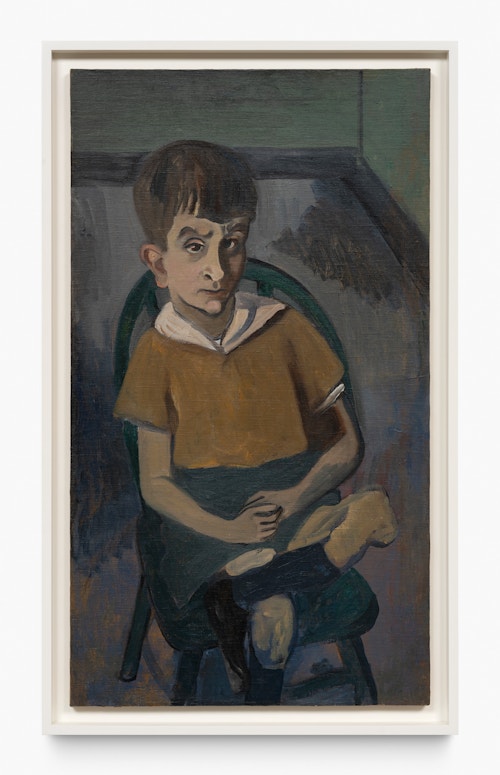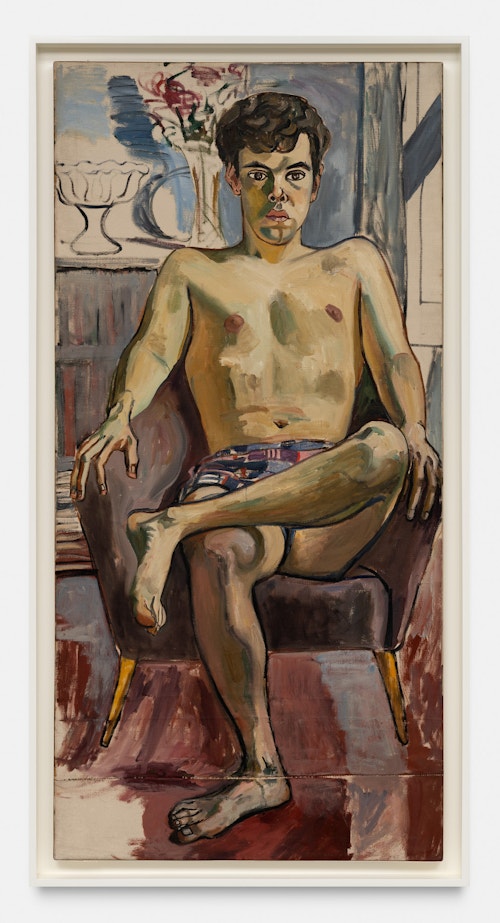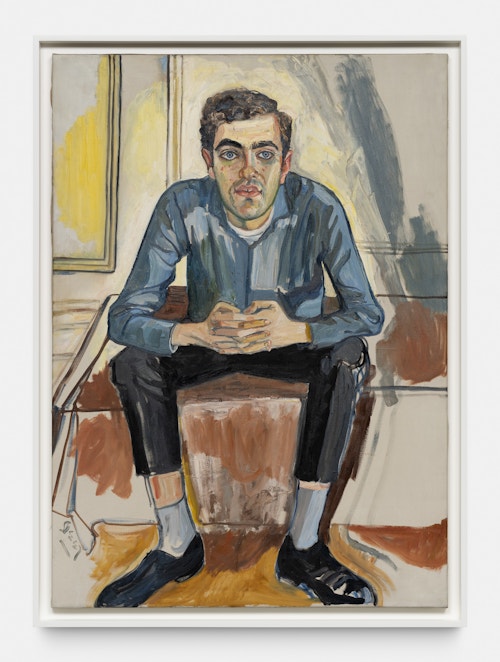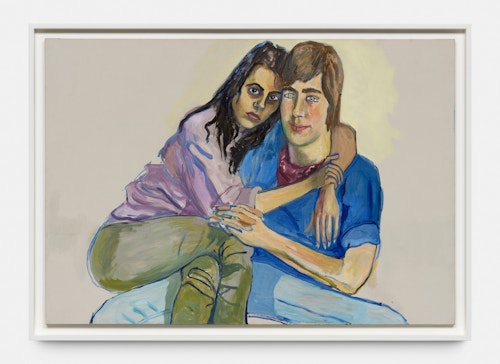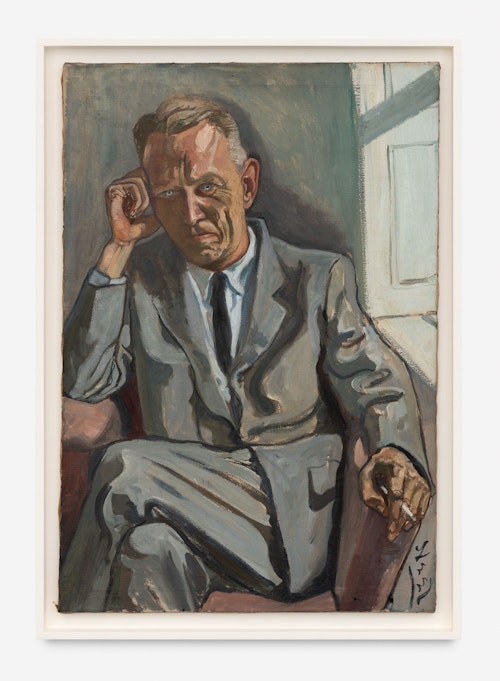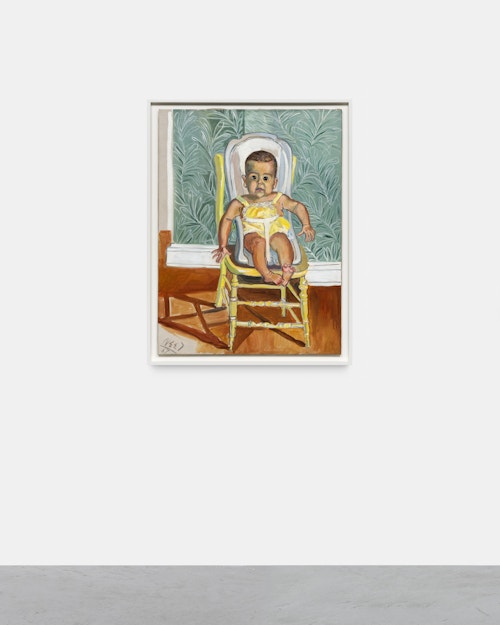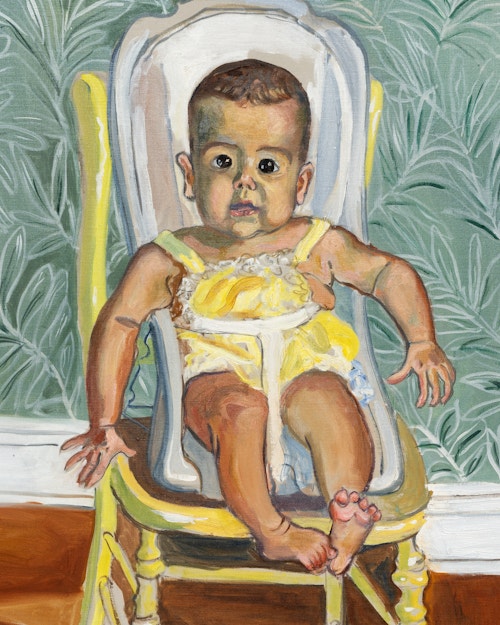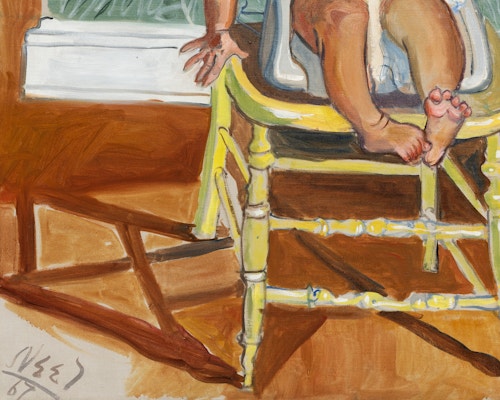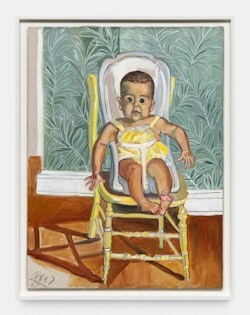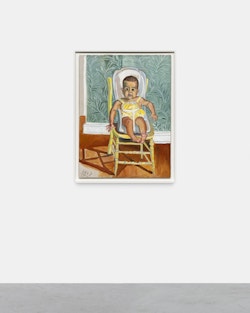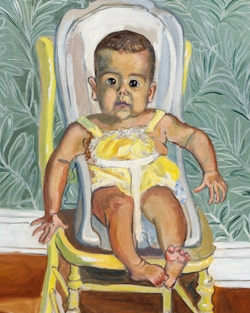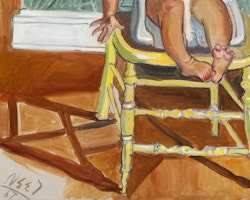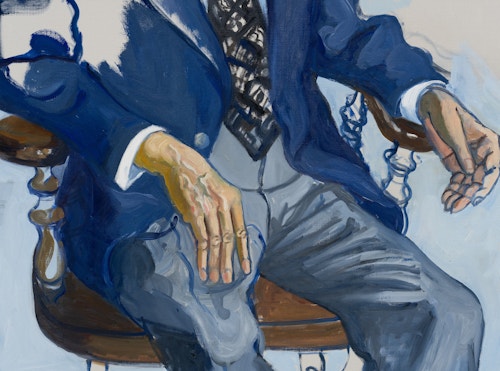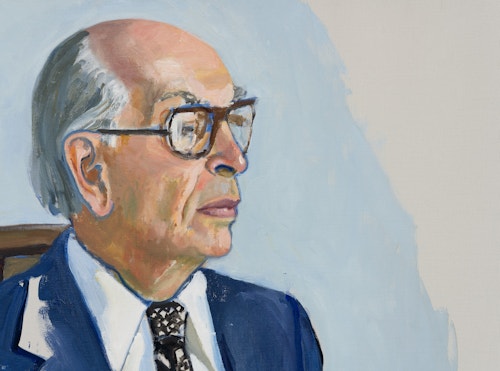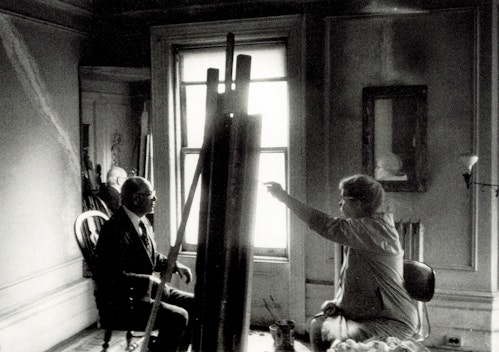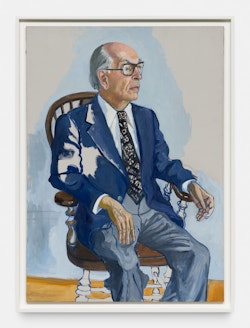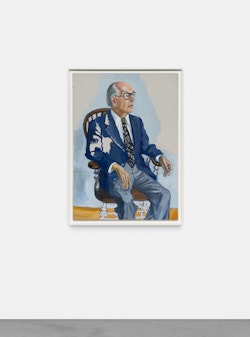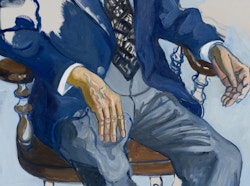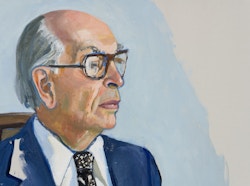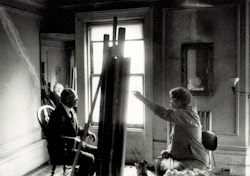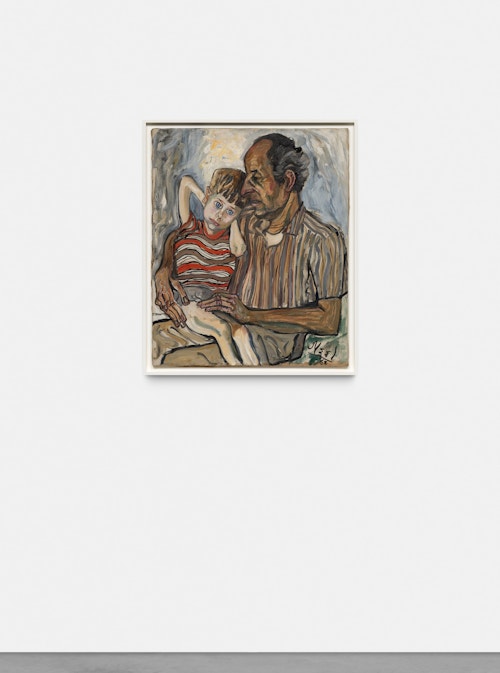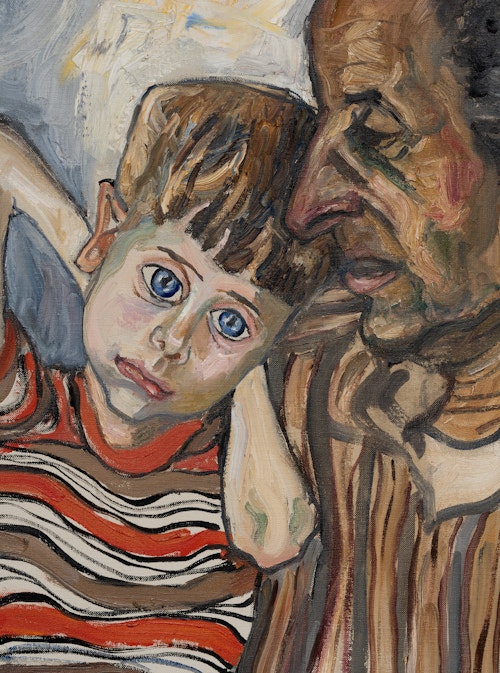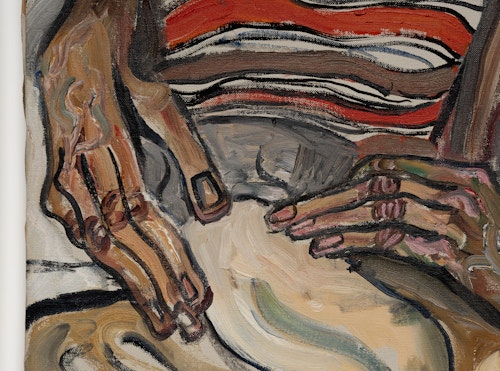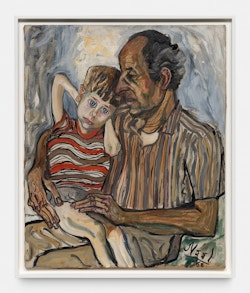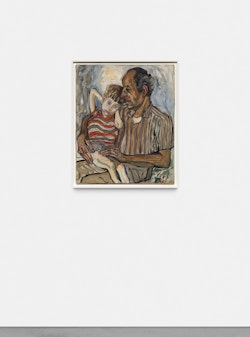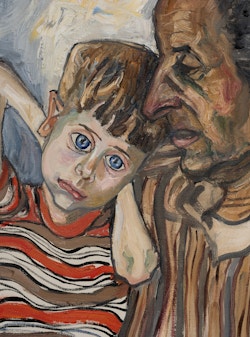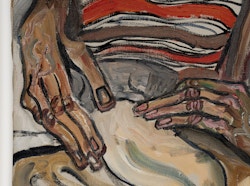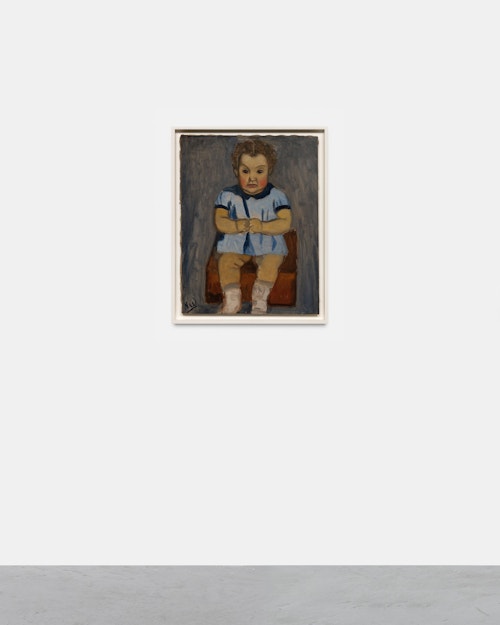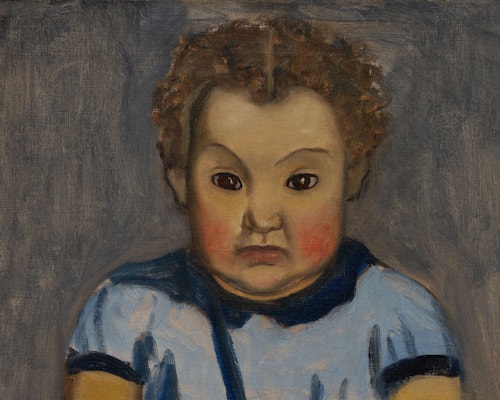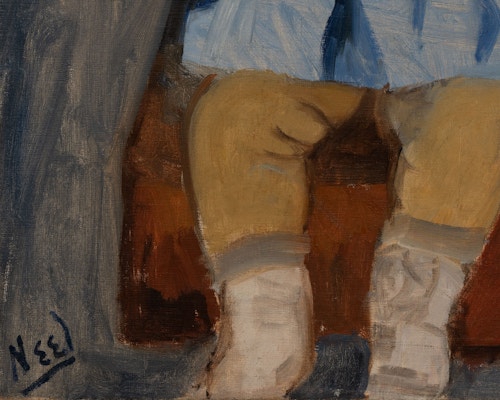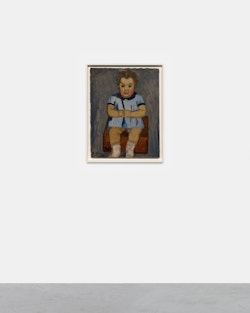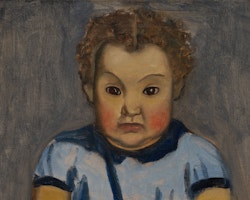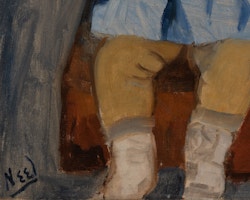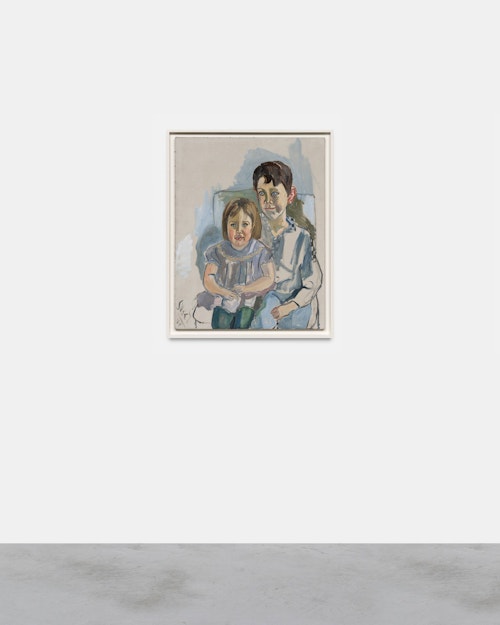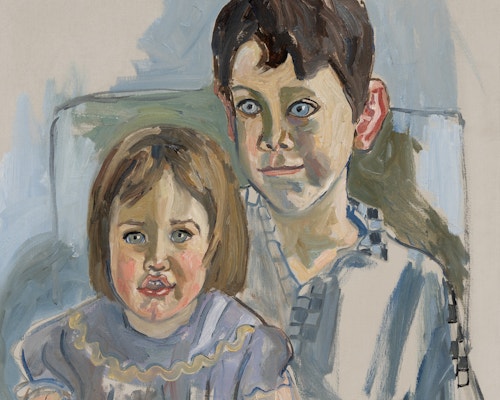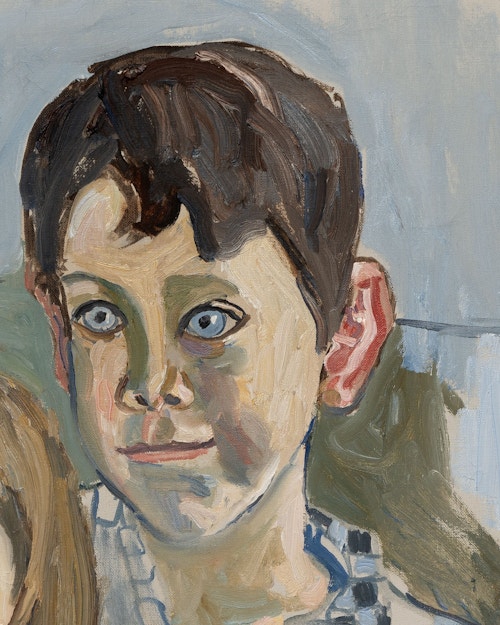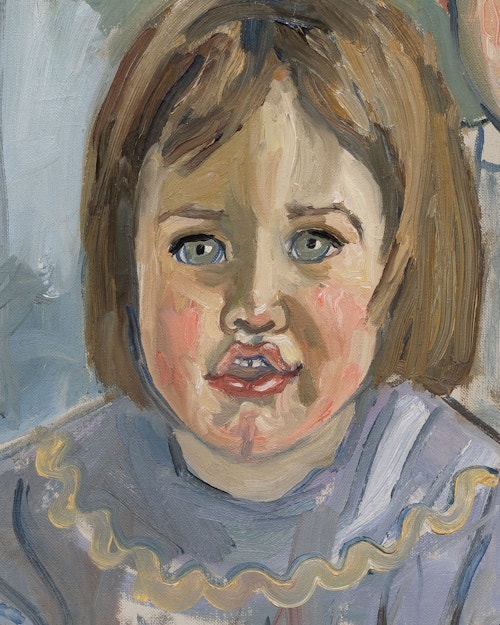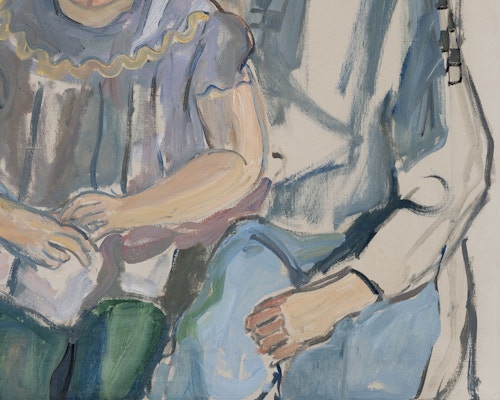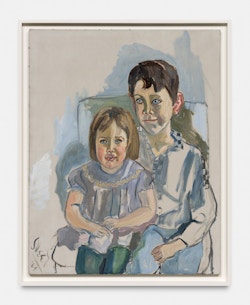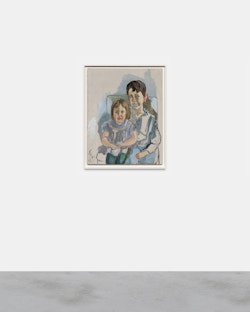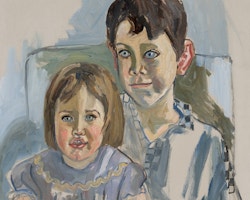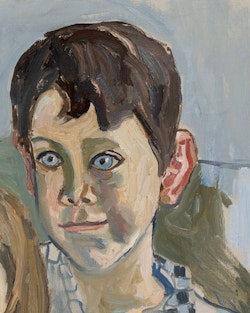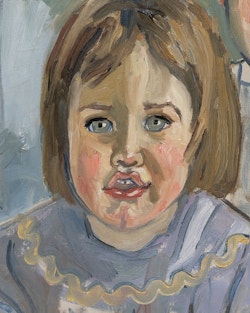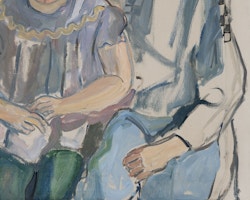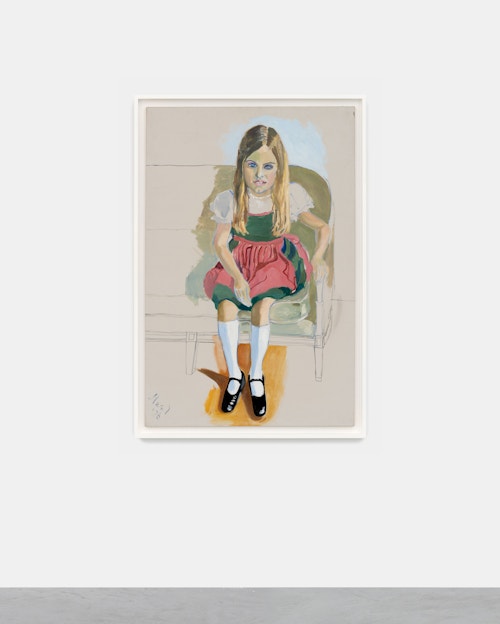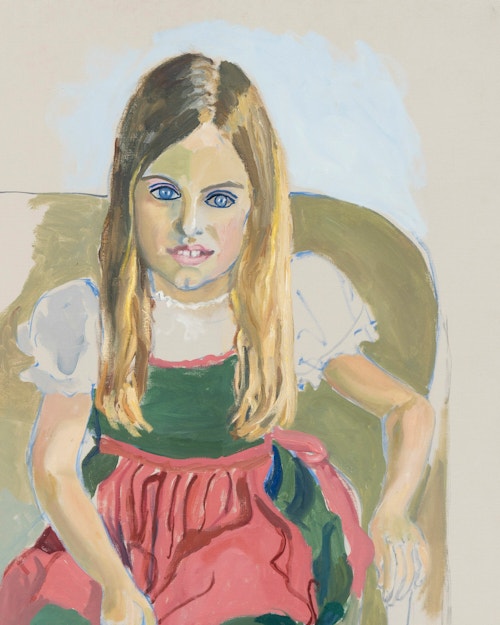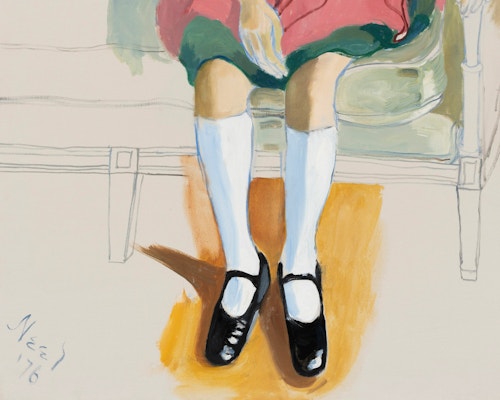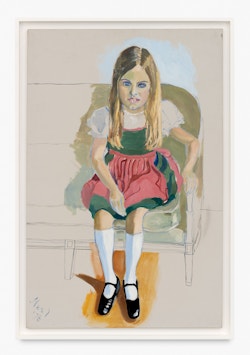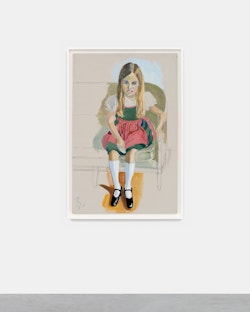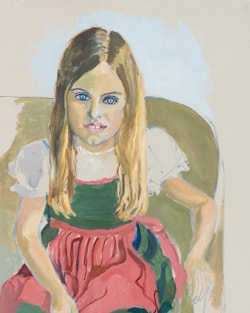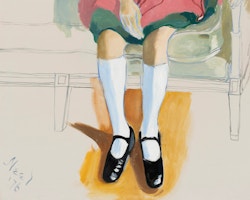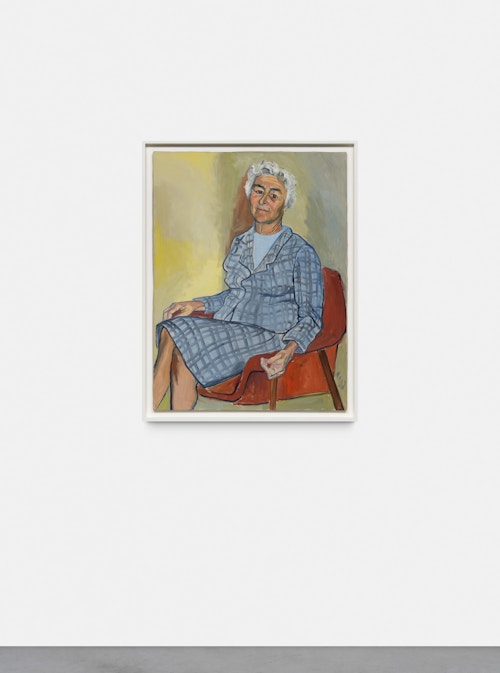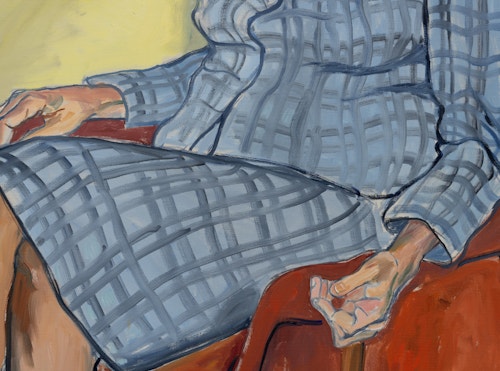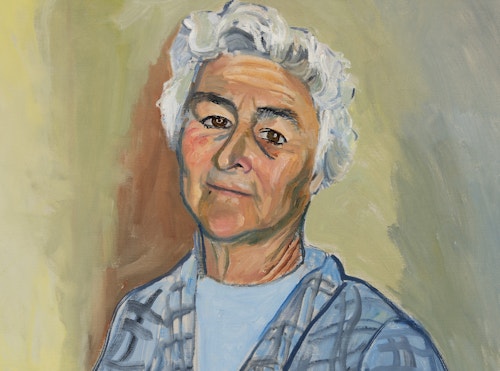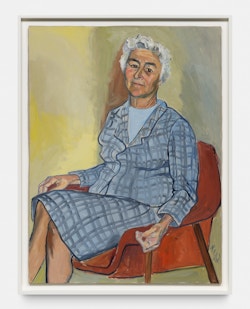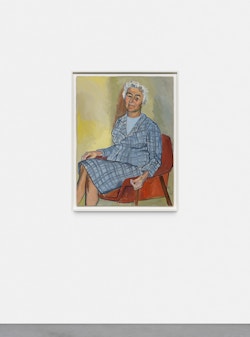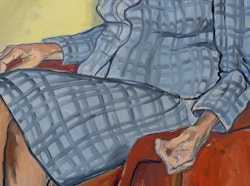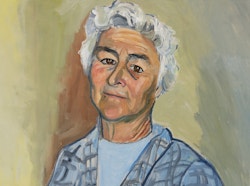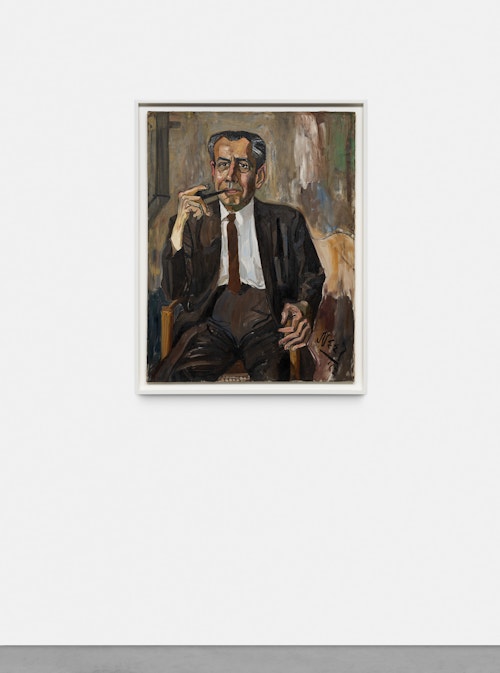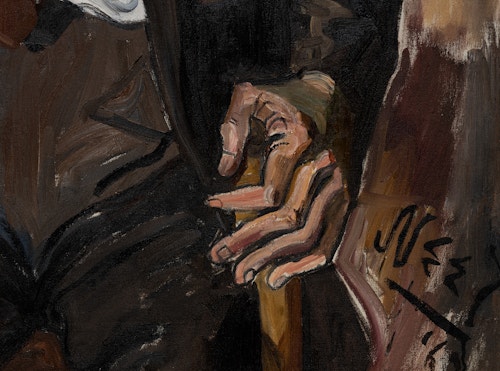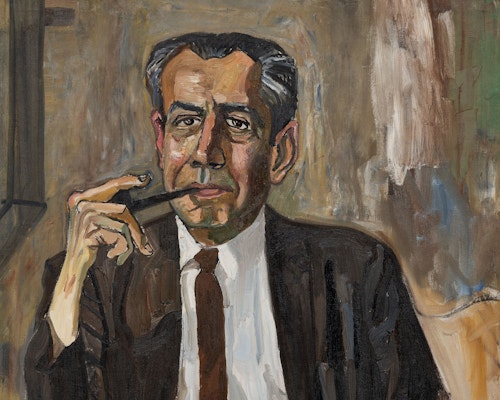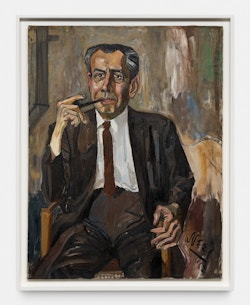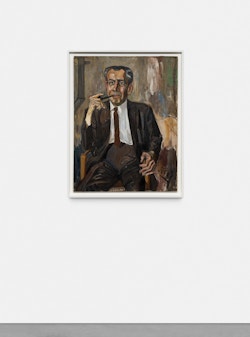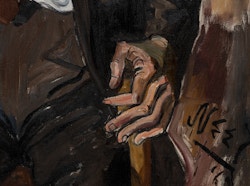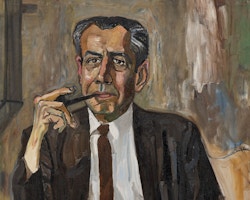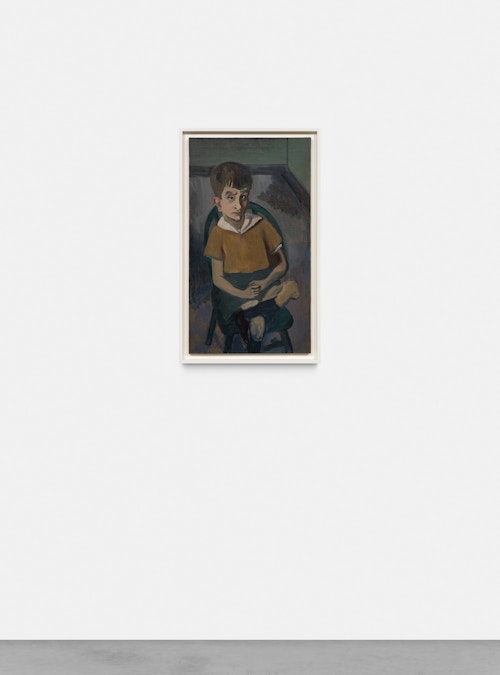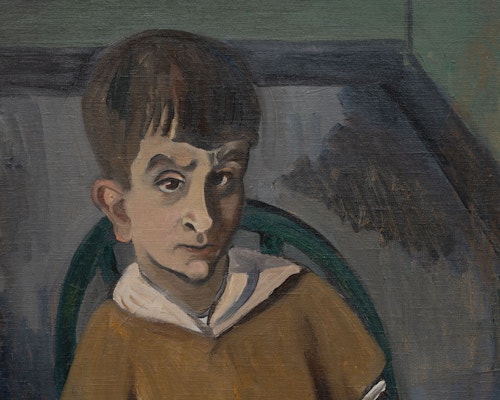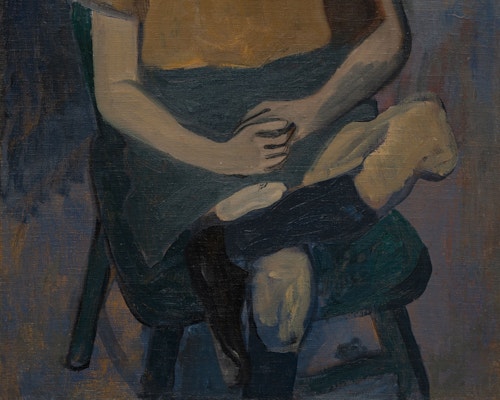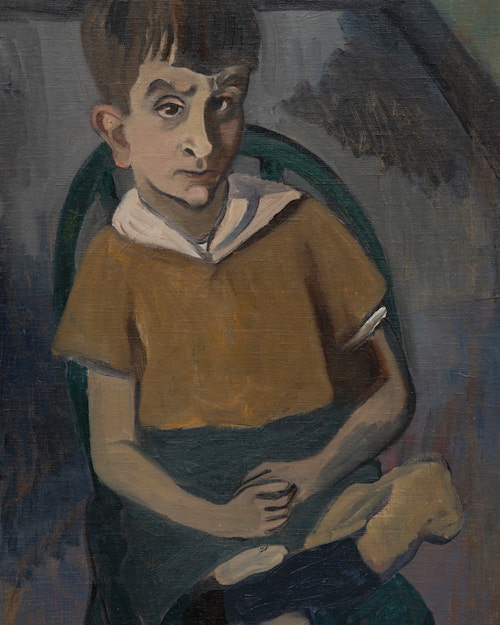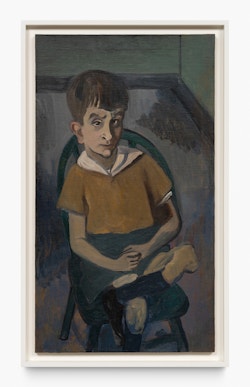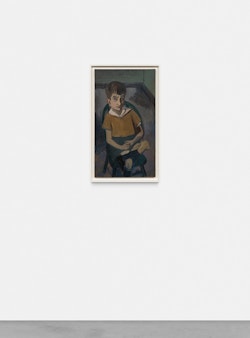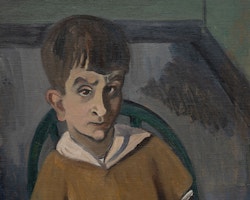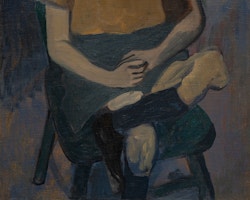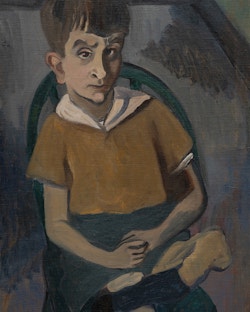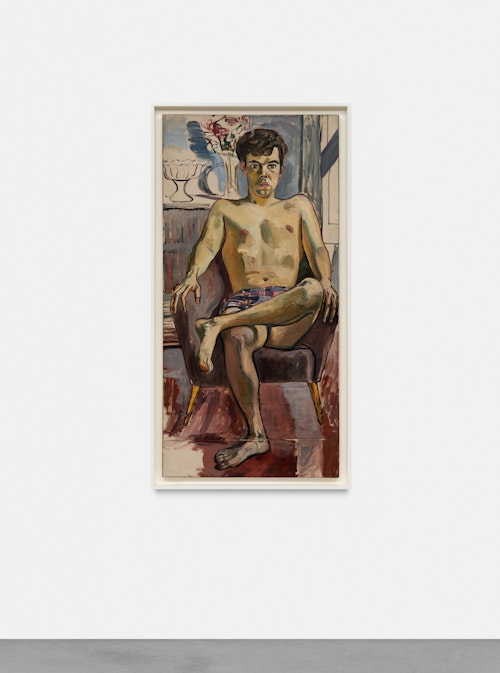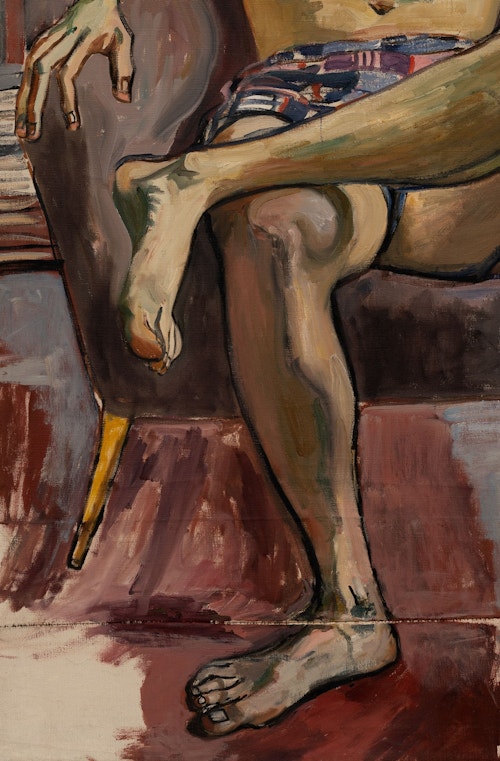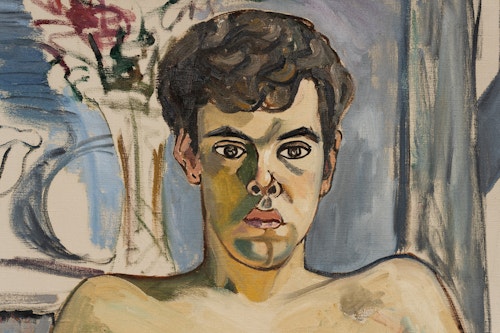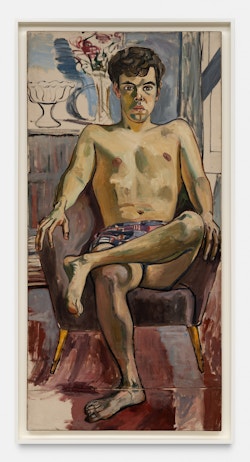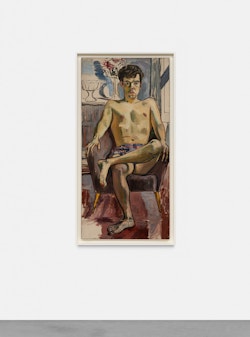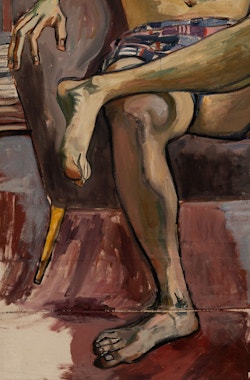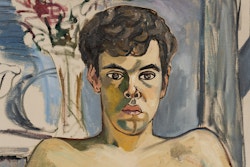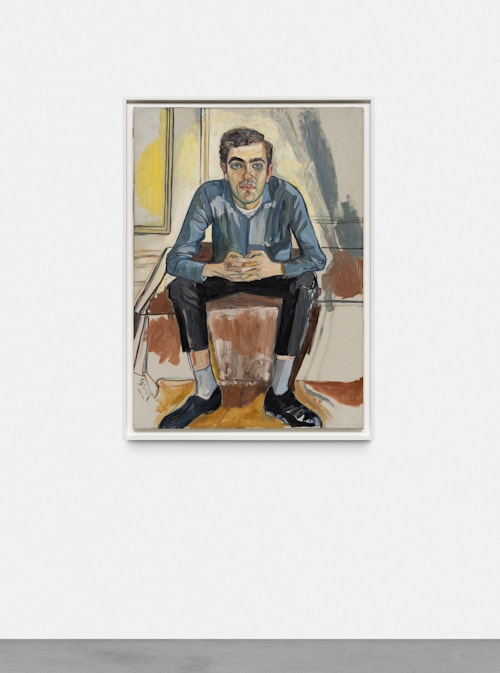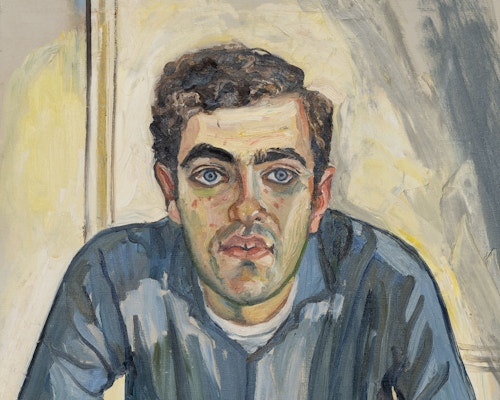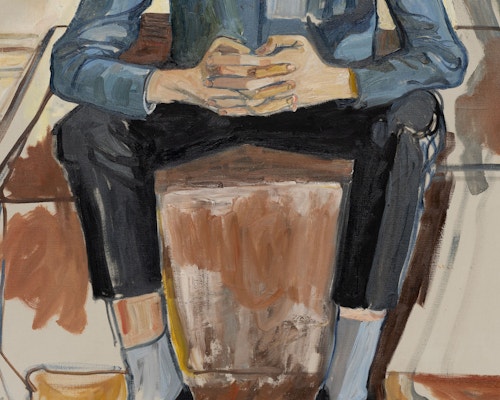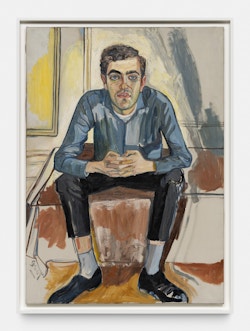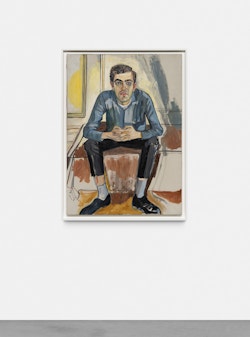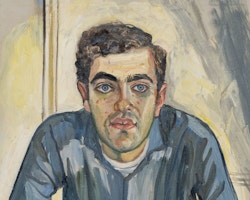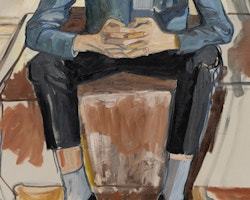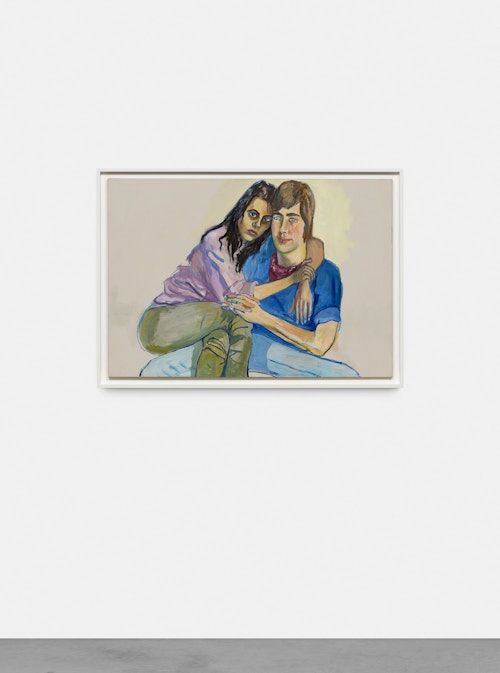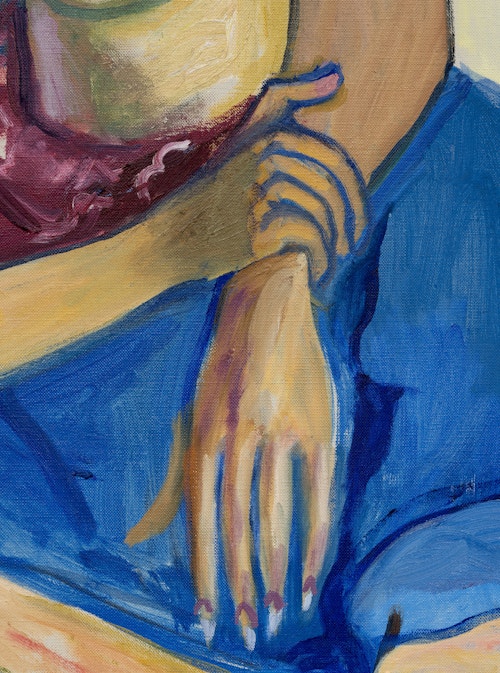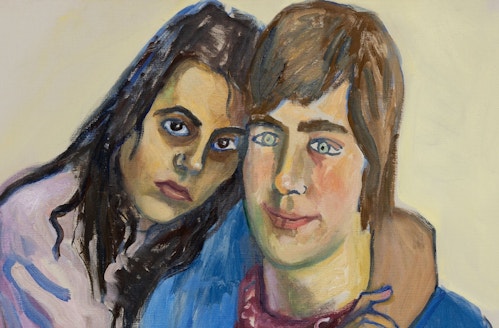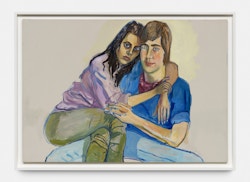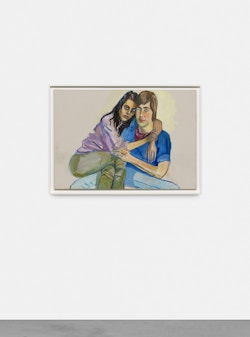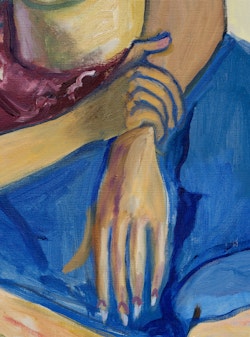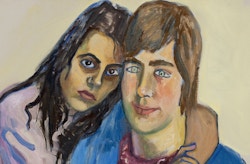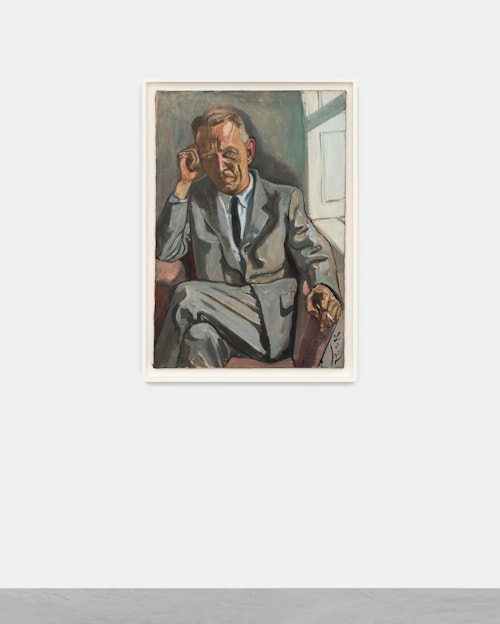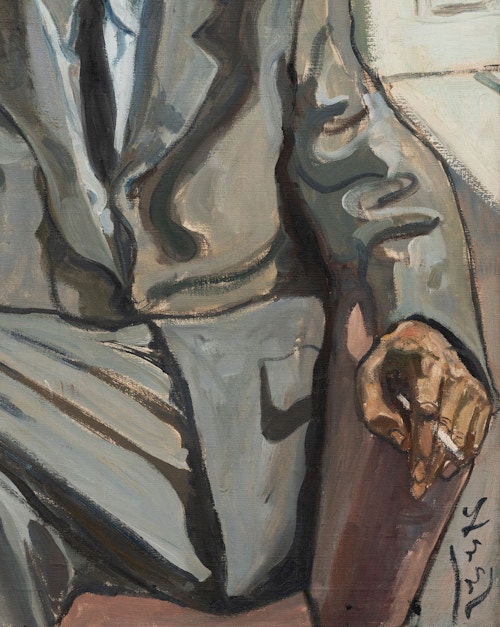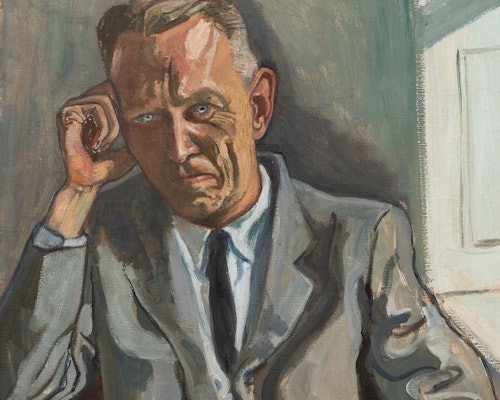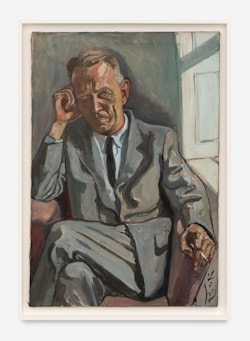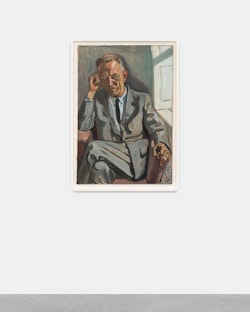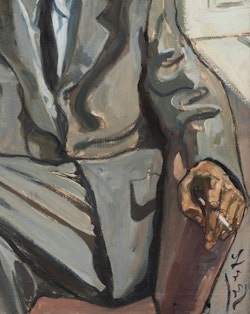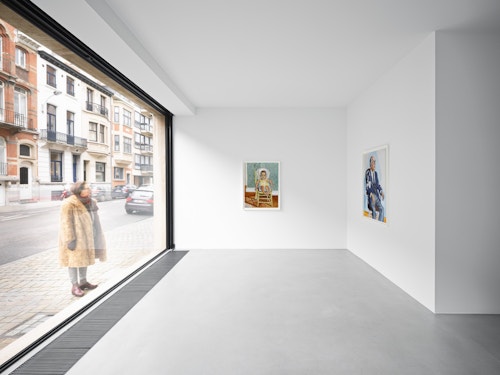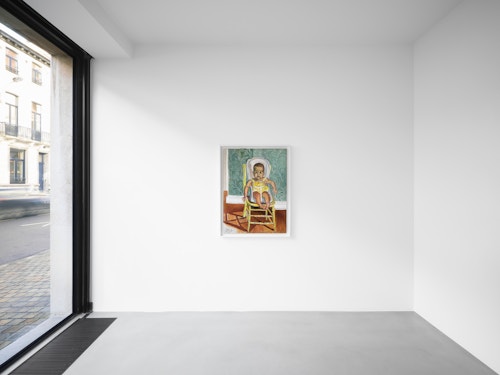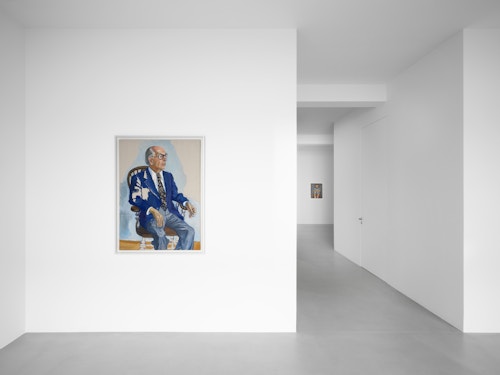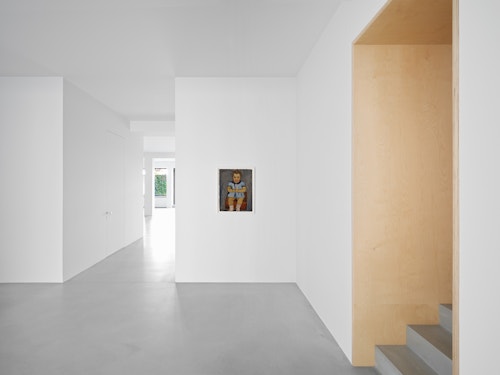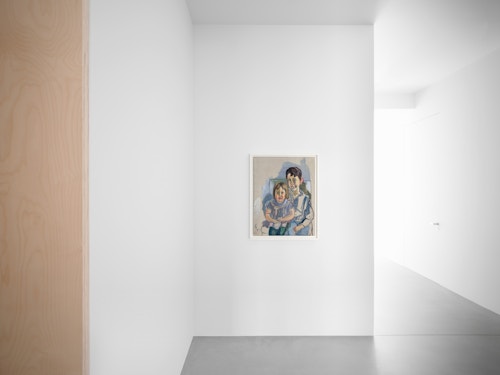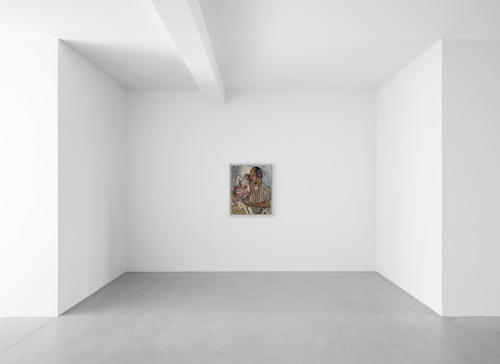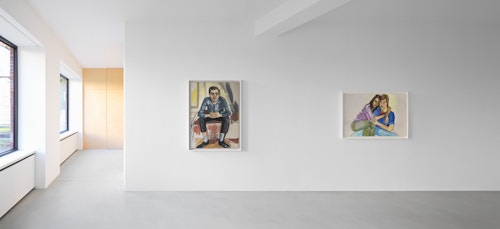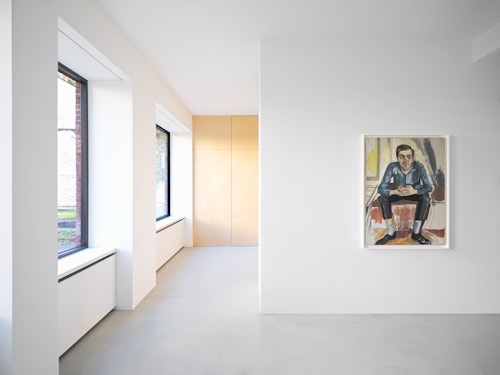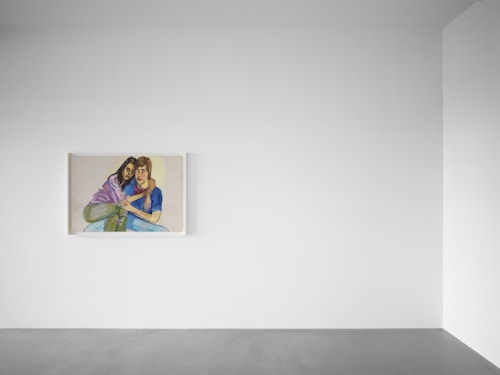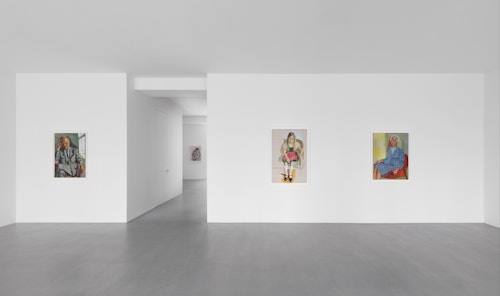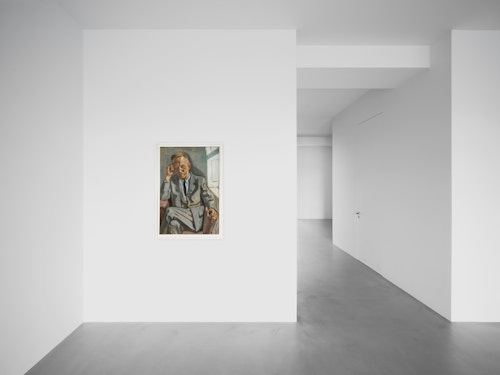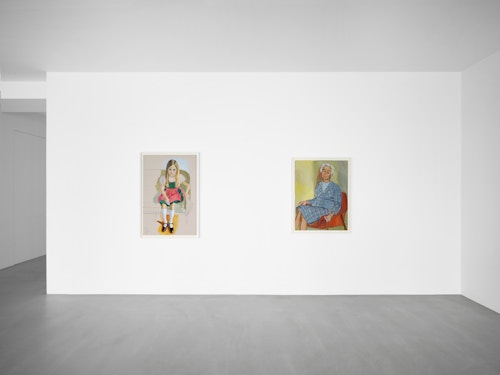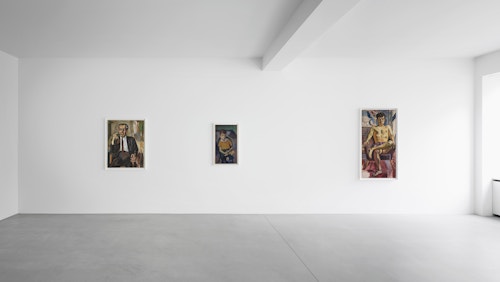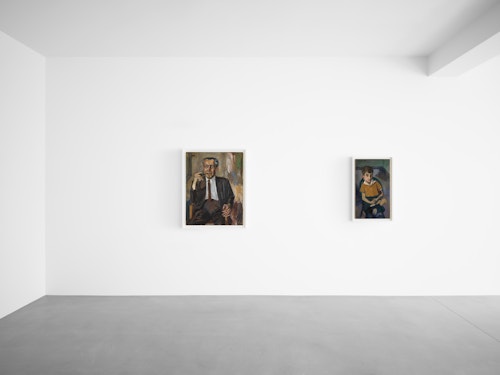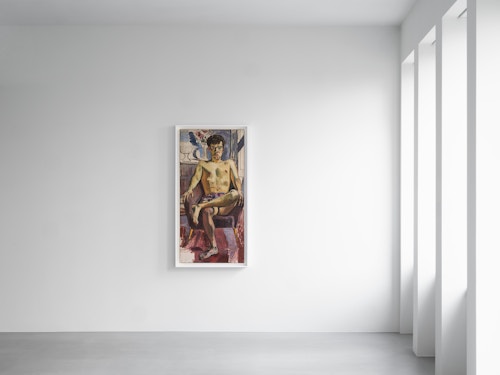
Alice Neel Seeing who we are
A new exhibition of portraits by Alice Neel (1900–1984) brings twentieth-century America to life through faces old and young. Painted over a fifty-year period, this thoughtfully selected group of paintings includes many never previously exhibited works, illuminating the creative evolution of her oeuvre across the decades. From babies, infants and teenagers to friends, lovers and patrons, and from the affluent to the poor, everyone was of equal interest and merit to Neel. By pairing portraits of youth with the elderly, we are led to reflect on life’s most meaningful questions: when do we become who we are? And how have we changed?

Seeing who we are includes striking examples of Neel’s ability to capture even the youngest sitters’ inner psyche. Sheila (1937) is a rare early work depicting the daughter of José Santiago Negron, a nightclub singer and guitarist who was the artist’s partner in the 1930s. Neel portrays the infant with a particularly mature expression. Was she foretelling the child’s adult character in this precocious portrait? Sam and David (1962) empathetically depicts filmmaker and photographer Sam Brody, with whom Neel was in a tumultuous relationship for many years, holding his son David affectionately – the boy’s arresting blue eyes are echoed in the double portrait’s expressive background. Neel also painted her own family, from charged portraits of her children as babies and children to pictures of them in adulthood as they forged their own careers, married, and raised families of their own. In this exhibition we meet, for example, her son Richard as a young man of twenty, vulnerably posing for his mother. Neel often spoke about the struggle of balancing single motherhood with her work as an artist—both her sons’ childhoods were marked by poverty and unpredictability. We also meet one of her granddaughters, Olivia, at five months and later, at the age of sixteen alongside her young love, Joe. These works attest to the blending of art and life and how children were a perpetual and vital source of inspiration to Neel.
Neel’s intellectual and social milieu is shown through the portraits of people such as Muriel Gardiner Buttinger. A psychoanalyst and psychiatrist, Gardiner was married to Austrian politician Joe Buttinger. The Buttingers had met in Vienna, where Muriel had trained as a doctor, and both were active in the Austrian anti-Fascist movement. Forced to leave Europe for the United States at the outbreak of the Second World War, they continued their activities throughout its duration and saved countless lives. In the United States, they continued to help those in need. The affluent Muriel was introduced to Neel in the 1960s and provided her with a lifelong annual stipend from 1964 onwards. This ushered in a period of financial stability and enabled Neel to concentrate on her work. It was also around this time that she started to enjoy greater professional success.
The friendship between Muriel Gardiner and Alice Neel brings the subject of psychology to the fore and points to a mutual affinity between the two women. What Gardiner examined from a medical perspective – the human psyche – Neel explored in paint. A self-proclaimed ‘collector of souls’, the artist was uniquely able to capture the innate characteristics of her sitters, free of artifice and irrespective of age. She was highly attuned to the human condition and profoundly empathetic to the lives of those on the margins of society, a trait that was intensified by her own struggle for survival as a young artist and single mother. Yet despite the hardships she endured, Neel never relinquished her artistic vocation, remarking towards the end of her life: “You know what it takes to be an artist? Hypersensitivity and the will of the devil. To never give up.”

Alice Neel (b. 1900, Pennsylvania; d. 1984, New York) has recently been honoured with a major retrospective titled Alice Neel: People Come First at the Metropolitan Museum of Art, New York (2021); Guggenheim Museum, Bilbao (2021); and the de Young Museum, San Francisco (2022). Un Regard Engagé, a monographic exhibition organised by the Centre Pompidou highlighting the artist’s political and social engagement, will open in 2022.
The Whitney Museum of American Art celebrated Neel with her first retrospective in 1974 and a centennial, posthumous exhibition in 2000, which was initiated by the Philadelphia Museum of Art where it was shown in2001. Other solo presentations include Alice Neel: Painted Truths, which was organised by the Museum of Fine Arts, Houston by Jeremy Lewison and Barry Walker and travelled to the Whitechapel Gallery, London and Moderna Museet Malmö, Sweden. In 2013, a presentation of the artist’s watercolours and drawings, Alice Neel: Intimate Relations, was on view at Nordiska Akvarellmuseet in Skärhamn, Sweden. In 2016, the Ateneum Art Museum, Helsinki organised Alice Neel: Painter of Modern Life, which travelled to the Gemeentemuseum, The Hague, and the Fondation Vincent van Gogh in Arles, France, before concluding at the Deichtorhallen Hamburg in 2018. The artist’s work can be found in the collection of major international museums. The Estate of Alice Neel has been represented by Xavier Hufkens since 2015.
